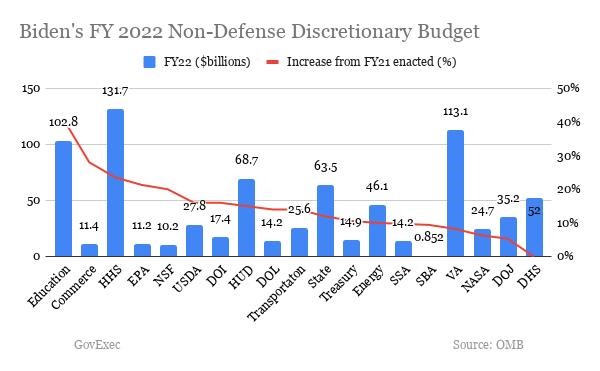ANA staff attended the 2022 Health Information and Management Systems Society (HIMSS) conference last week where reimagining health and the health care delivery system were top of mind. The week started by reimagining health with a NursePitchTM Innovation event. ANA’s Innovation Department collaborates with HIMSS by setting the stage for nurses to share their creative business ideas and programs to a team of judges, who are health innovation, business, and industry leaders. ANA knows that nurses have important ideas and approaches that can positively change the health delivery system and we encourage them to learn more and be ready to present at an event in the future!
It would be an understatement to say that the nursing workforce was top of mind in discussions around reimagining health. Attendees at HIMSS22 represent a microcosm of the health sector and have been living during the seismic shift that the delivery system has done over the past two years. The COVID-19 pandemic has triggered the need to adapt to new treatments, delivery options, and other environmental factors. Another key focus for the health care industry is developing new ways to support providers facing the challenges of today and the hope of the health system of the future. Digital tools can help with flexible scheduling, reduce duplications in workflow, and assist in charting. However, ANA continues the drumbeat about the importance of health systems valuing nurses through reimbursement, safe work environments, and ensuring each and every nurse achieve health equity in order to meaningfully solve the staffing crisis.
Over the course of the pandemic, we have also seen reports of the increase in digital technologies to deliver health services. The increased use happened seemingly overnight and is unlikely to return to pre-February 2020 levels ever again. At the same time, we must reflect and address the existing digital divide. Investments in our workforce must reflect the patient population in every community is vital, but we also need to make sure that the digital tools that are being used to assist in clinical decision making are free from unintentional biases. Just as important for patients, we must also ensure that nurses have access to the same opportunities to reach their own health equity—the nation cannot have a workforce that is shut off from the same system they provide care in.
Attending the HIMSS 2022 conference provided a great opportunity to learn, connect, and share ideas with others working to better the health care delivery system. The one thing missing was nurses on the big stage. ANA knows that nurses have stories, research, and ideas to share and together, we must be bold, step forward, and ensure our voices are heard in front of industry leaders as we all work to shape the health delivery system of the future.


